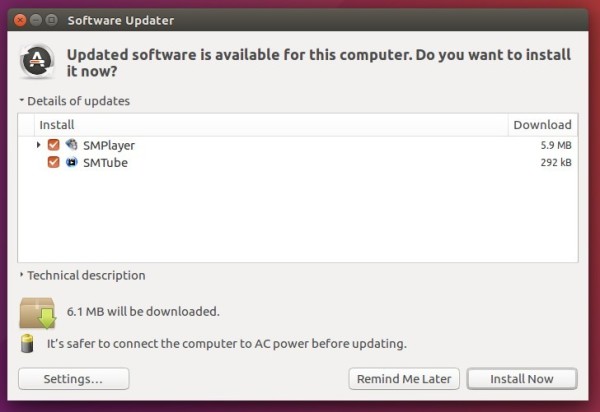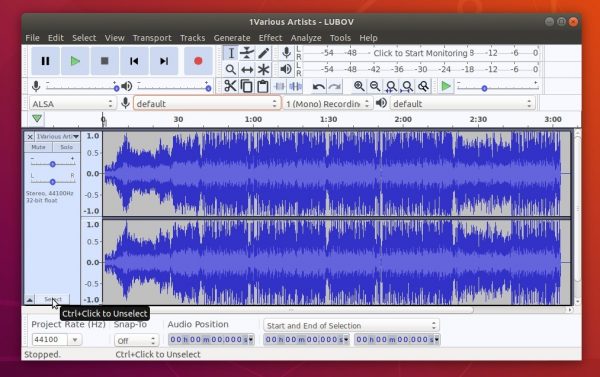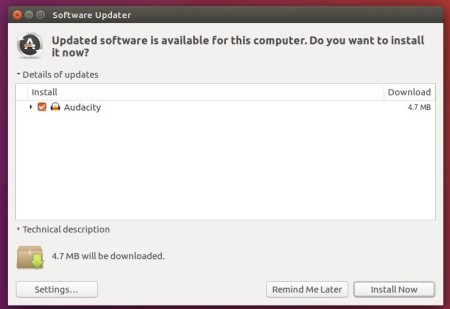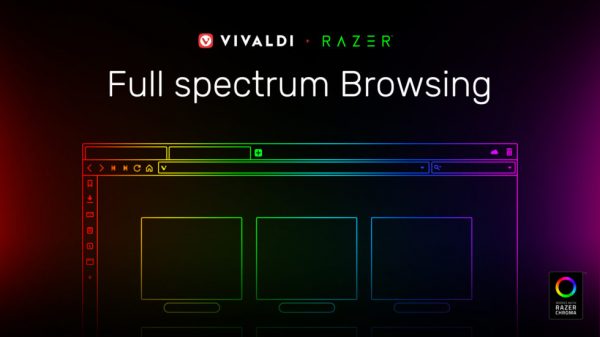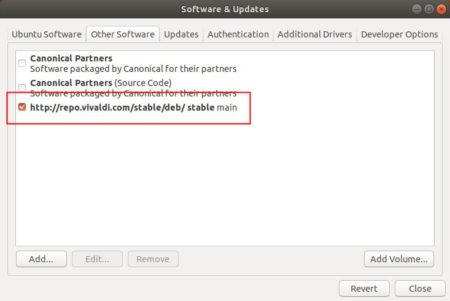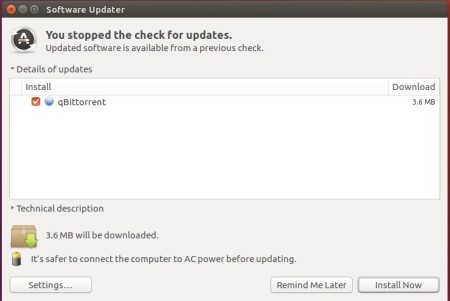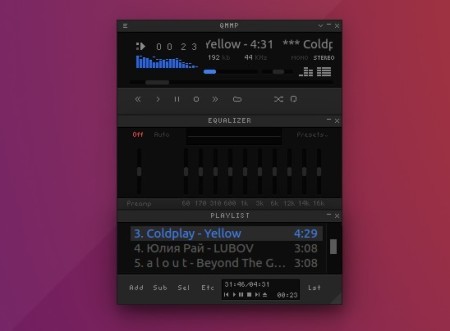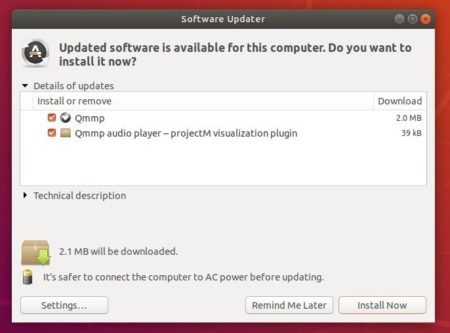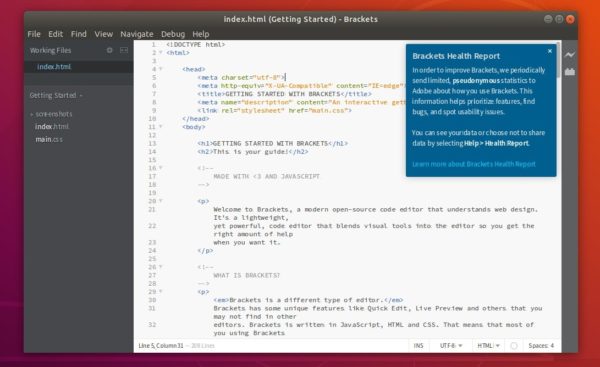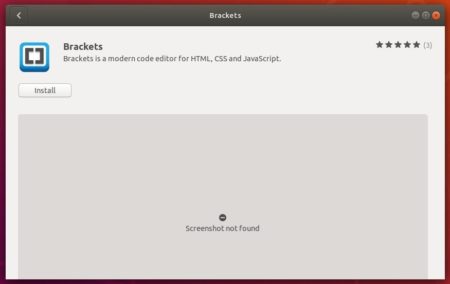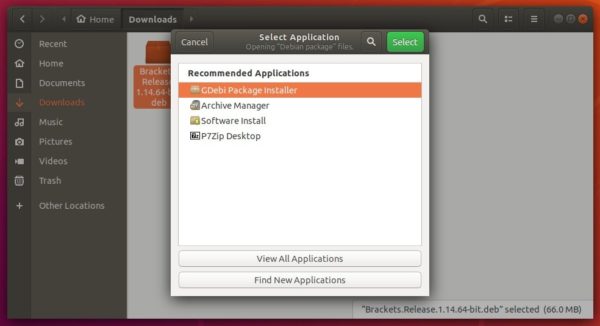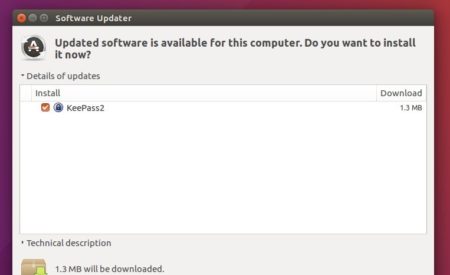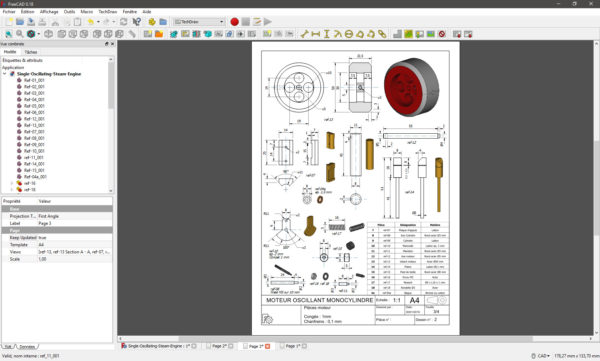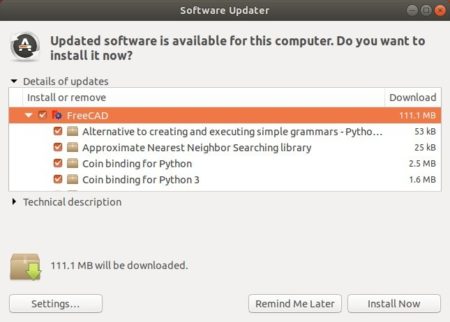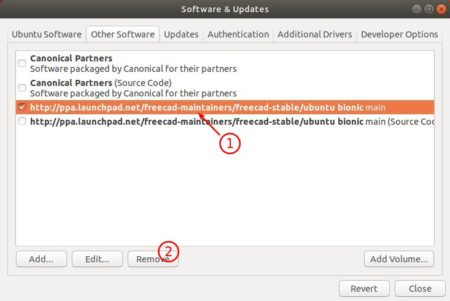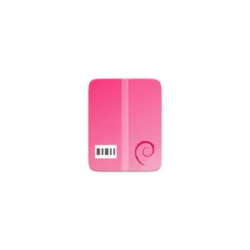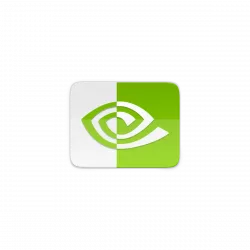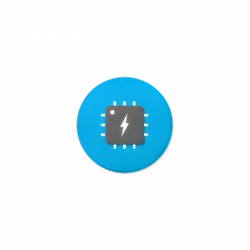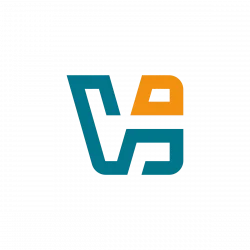
The latest stable Linux Kernel 5.1 was released. Linus Torvalds announced last night:
So it’s a bit later in the day than I usually do this, just because I was waffling about the release. Partly because I got some small pull requests today, but mostly just because I wasn’t looking forward to the timing of this upcoming 5.2 merge window.
…
On the whole, 5.1 looks very normal with just over 13k commits (plus another 1k+ if you count merges). Which is pretty much our normal size these days. No way to boil that down to a sane shortlog, with work all over.
…
Linux 5.1 brings many exciting changes including improved support for Intel Fastbook (enabled by default), Intel 22260 WiFi support, new I/O interface, new ACPI support, Raspberry Pi 3 Model A+ support by mainline, and a lot of new hardware support.
How to Install Linux Kernel 5.1 in Ubuntu:
The
mainline kernels do not include any Ubuntu-provided drivers or patches. They are not supported and are not appropriate for production use
The mainline kernel packages for Linux 5.1 are available for download at the link below:
Download Kernel 5.1
Depends on your OS type, download and install the packages in turns:
- linux-headers-5.1.0-xxxxxx_all.deb
- linux-headers-5.1.0-xxx-generic(/lowlatency)_xxx_amd64(/i386).deb
- linux-modules-5.1.0-xxx-generic(/lowlatency)_xxx_amd64(/i386).deb
- linux-image-xxx-5.1.0-xxx-generic(/lowlatency)_xxx_amd64(/i386).deb
Select generic for common system, and lowlatency for a low latency system (e.g. for recording audio), amd64 for 64bit system, i386 for 32bit system, or armhf, arm64, etc for other OS types.
Alternatively you can download and install the kernel binaries via terminal commands (Ctrl+Alt+T):
For 64-bit OS:
cd /tmp/
wget -c https://kernel.ubuntu.com/~kernel-ppa/mainline/v5.1/linux-headers-5.1.0-050100_5.1.0-050100.201905052130_all.deb
wget -c https://kernel.ubuntu.com/~kernel-ppa/mainline/v5.1/linux-headers-5.1.0-050100-generic_5.1.0-050100.201905052130_amd64.deb
wget -c https://kernel.ubuntu.com/~kernel-ppa/mainline/v5.1/linux-image-unsigned-5.1.0-050100-generic_5.1.0-050100.201905052130_amd64.deb
wget -c https://kernel.ubuntu.com/~kernel-ppa/mainline/v5.1/linux-modules-5.1.0-050100-generic_5.1.0-050100.201905052130_amd64.deb
sudo dpkg -i *.deb
for 32-bit OS:
cd /tmp/
wget -c https://kernel.ubuntu.com/~kernel-ppa/mainline/v5.1/linux-headers-5.1.0-050100_5.1.0-050100.201905052130_all.deb
wget -c https://kernel.ubuntu.com/~kernel-ppa/mainline/v5.1/linux-headers-5.1.0-050100-generic_5.1.0-050100.201905052130_i386.deb
wget -c https://kernel.ubuntu.com/~kernel-ppa/mainline/v5.1/linux-image-5.1.0-050100-generic_5.1.0-050100.201905052130_i386.deb
wget -c https://kernel.ubuntu.com/~kernel-ppa/mainline/v5.1/linux-modules-5.1.0-050100-generic_5.1.0-050100.201905052130_i386.deb
sudo dpkg -i *.deb
Once installed, restart your computer and enjoy!
Uninstall Linux Kernel 5.1:
Restart your machine and select boot with the previous kernel in boot menu ‘Grub2 -> Advanced Option for Ubuntu’. Then run command to remove Linux Kernel 5.1:
sudo dpkg --purge linux-image-5.1.0-050100-generic linux-image-unsigned-5.1.0-050100-generic
![]()

